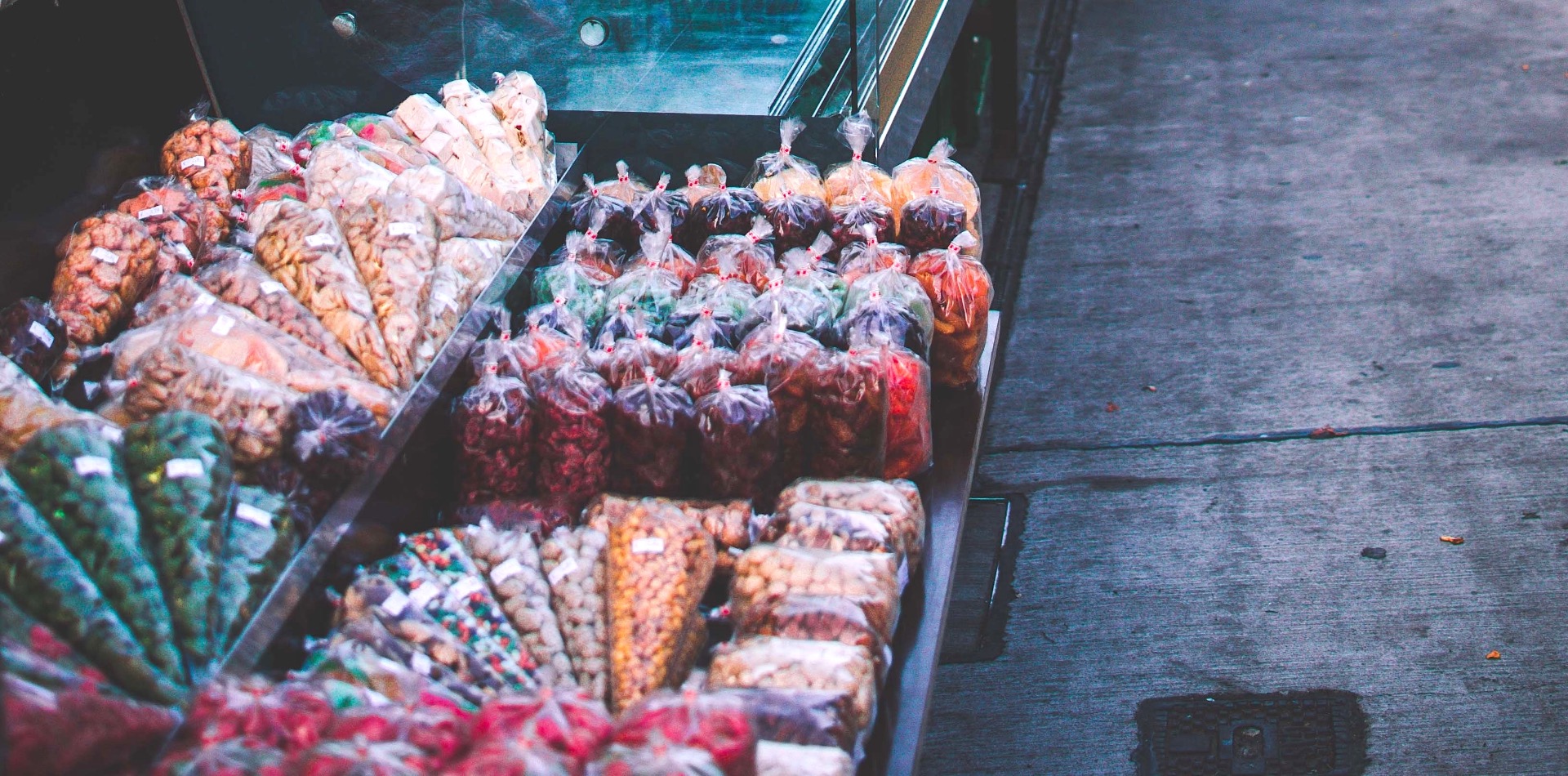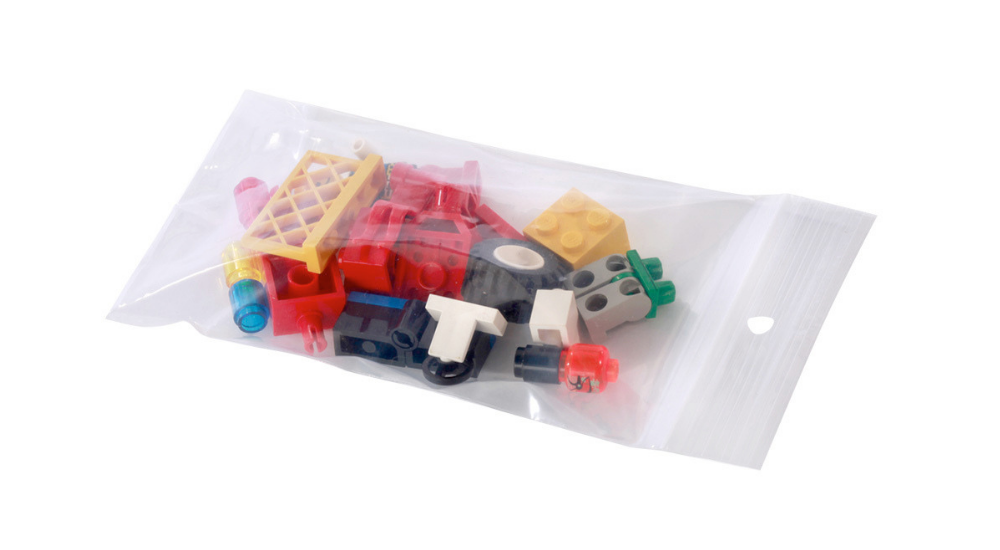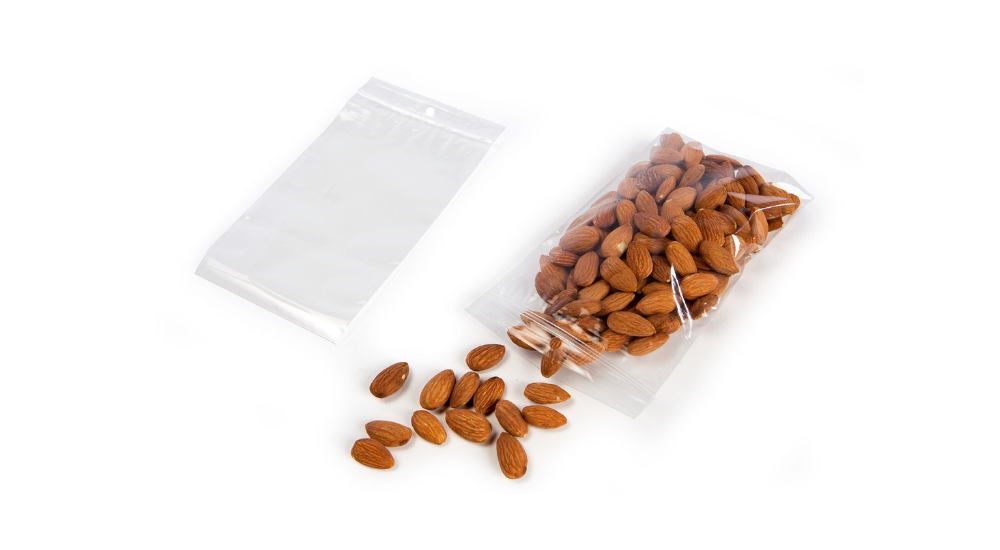- 800-277-7007
- ISO 9001:2015 Certified Company

The differences between polyethylene and polypropylene bags might be hard to recognize at first, so we’re going to help you figure them out. Polyethylene and polypropylene are two common materials used to create poly bags, or plastic bags. Poly bags are used to store all types of products, including food, clothing, electronics, industrial components, and more. They represent a large market within the packaging industry due to their flexible nature and numerous capabilities.
The type of poly bag you choose drastically affects the efficiency of your product storage. But how do you choose the right bag when there are so many options? Starting with the simple decision to use polyethylene or polypropylene may help. Understanding the characteristics of both polyethylene and polypropylene will allow you to select the right poly bag for your specific application.
Let’s go over the differences between polyethylene and polypropylene bags, so you can gain a better understanding of where each might fit into your packaging strategy.
Polyethylene (PE) bags.

Polyethylene bags are flexible and durable. They work well for protecting heavy-duty items, such as industrial components and machine parts. Generally, polyethylene bags offer an opaque appearance that limits sun exposure for light-sensitive products. These poly bags also help protect smooth surfaces because they are less likely to produce scratches. This makes them great in applications involving automotive parts or electronics where scratches would ruin the quality of a product. Polyethylene is naturally easier to recycle compared to polypropylene because the plastic has a higher purity when manufactured. Companies with sustainability goals in place would likely want to consider this characteristic. However, polyethylene is typically more expensive.
Main Characteristics of Polyethylene Bags:
- Flexible
- Durable
- Tear Resistant
- Opaque Appearance
- Soft and Pliable Plastic
- Low Abrasion
Polypropylene (PP) bags.

When they are manufactured, polypropylene bags have a crystal-clear appearance that helps your brand present products in an attractive way. This is quite useful for the food industry, or any other industry, where consumers appreciate the ability to clearly see a product before purchasing. Another amazing benefit of polypropylene is the ability to delay evaporation and dehydration. This makes polypropylene remarkably capable at preserving the freshness and taste of packaged foods. This type of poly bag is also more resistant to chemicals or organic solvents, and it produces a strong barrier against moisture and vapors to further enhance its ability to maintain product quality. Polypropylene bags also meet the specifications of the FDA and USDA.
Main Characteristics of Polypropylene Bags:
- Durable
- Corrosion Resistant
- Crystal Clear Transparency
- High Environmental Resistance
- Stiff and Hard Plastic
- Pliable at Higher Temperatures

Both polyethylene and polypropylene offer a variety of benefits for different applications within the packaging industry. There are varying shapes and sizes of each style of poly bag, and both options can be easily integrated into your automated system. These two types of plastic can be given special additives to enhance certain abilities. This includes anti-static additives designed to reduce electrical charges, ethyl-vinyl acetates to improve temperature resistance, and much more.


